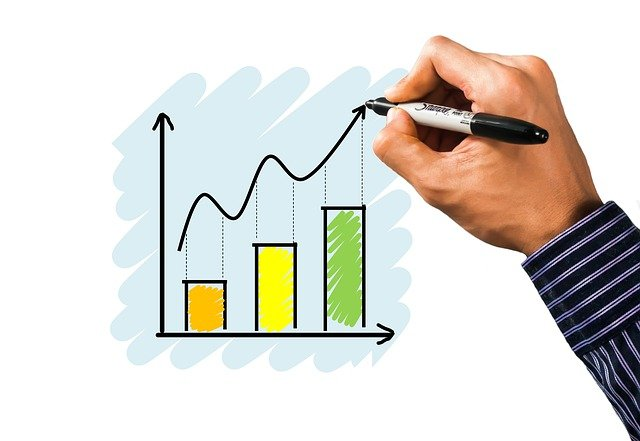Small Business
Small Business Revenues are Up – But New Challenges Emerge as Businesses Continue the Pandemic Comeback
Small businesses are preparing for a new type of market. One that’s not driven by the direct impact of COVID-19 – but rather, one determined by the economic aftermath of the pandemic. Economic indicators like inflation will require adjustments, but the...
Apr. 28, 2022

By Kathryn Petralia.
Kabbage from American Express has been tracking recovery trends and growth outlook of U.S. small businesses. Polling 563 small business leaders, our latest installment exhibits how small businesses are adapting to a shifting market as they look beyond pandemic-wrought challenges, adjust for inflation and modify hiring approaches.
Small businesses are preparing for a new type of market. One that’s not driven by the direct impact of COVID-19 – but rather, one determined by the economic aftermath of the pandemic. Economic indicators like inflation will require adjustments, but the new data illustrates how small businesses are making changes and adapting.
COVID Concerns Wane
Our data suggests U.S. small businesses are now less impacted by the pandemic. In the latest Small Business Recovery Report, responses showed over 90% of businesses did not have to stop, slow, limit or shut down their companies due to the Omicron COVID-19 variant, while 70% stated they weren’t affected at all.
With pandemic challenges subsiding, U.S. small businesses are growing. Respondents reported their average monthly revenues increased 77% in the past six months, from $47,900 in July 2021 to $84,935 in February 2022. Additionally, average monthly profits have increased an average of 39% in the same period.
Although, these growth percentages are heavily weighted toward larger small businesses. The smallest small businesses—those with fewer than 20 employees—reported a 13% increase in average monthly revenues and a 12% increase in average monthly profits from July 2021 to February 2022, while large businesses reported 145% and 29%, respectively.
Adjusting for Inflation
Respondents reported increasing prices by an average of 21% across industries, largely due to increased costs from their vendors (54%) and of raw materials (45%).
Looking ahead, 65% of businesses plan to keep prices at this inflated, current rate for the next six months, while nearly one in five (18%) said they plan to raise prices even more. Combating increasing costs of their own is a primary contributor, and over half (53%) expect their business to be impacted by supply chain issues for the next three months to a year.
A Shift in Hiring
The Department of Labor’s February jobs report shows that employers added 678,000 jobs in February and the unemployment rate declined to 3.8% – the lowest level since the COVID-19 pandemic hit the U.S. economy two years ago.
With more headcounts filled from a decline in the unemployment rate, those record numbers were corroborated in the Small Business Recovery Report. Three quarters (75%) of the smallest small businesses said they are not hiring. Yet, challenges persist among medium and large small businesses as 59% reported hiring today is just as, or more, difficult than it was at the end of 2021.
==========
Kathryn Petralia is the co-founder of Kabbage, an American Express Company.
